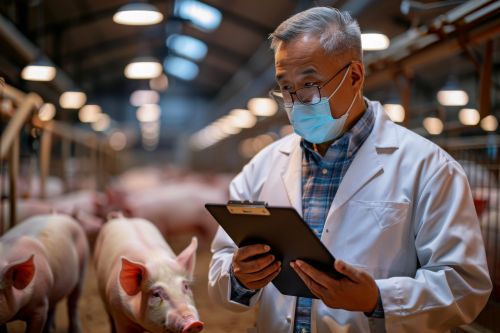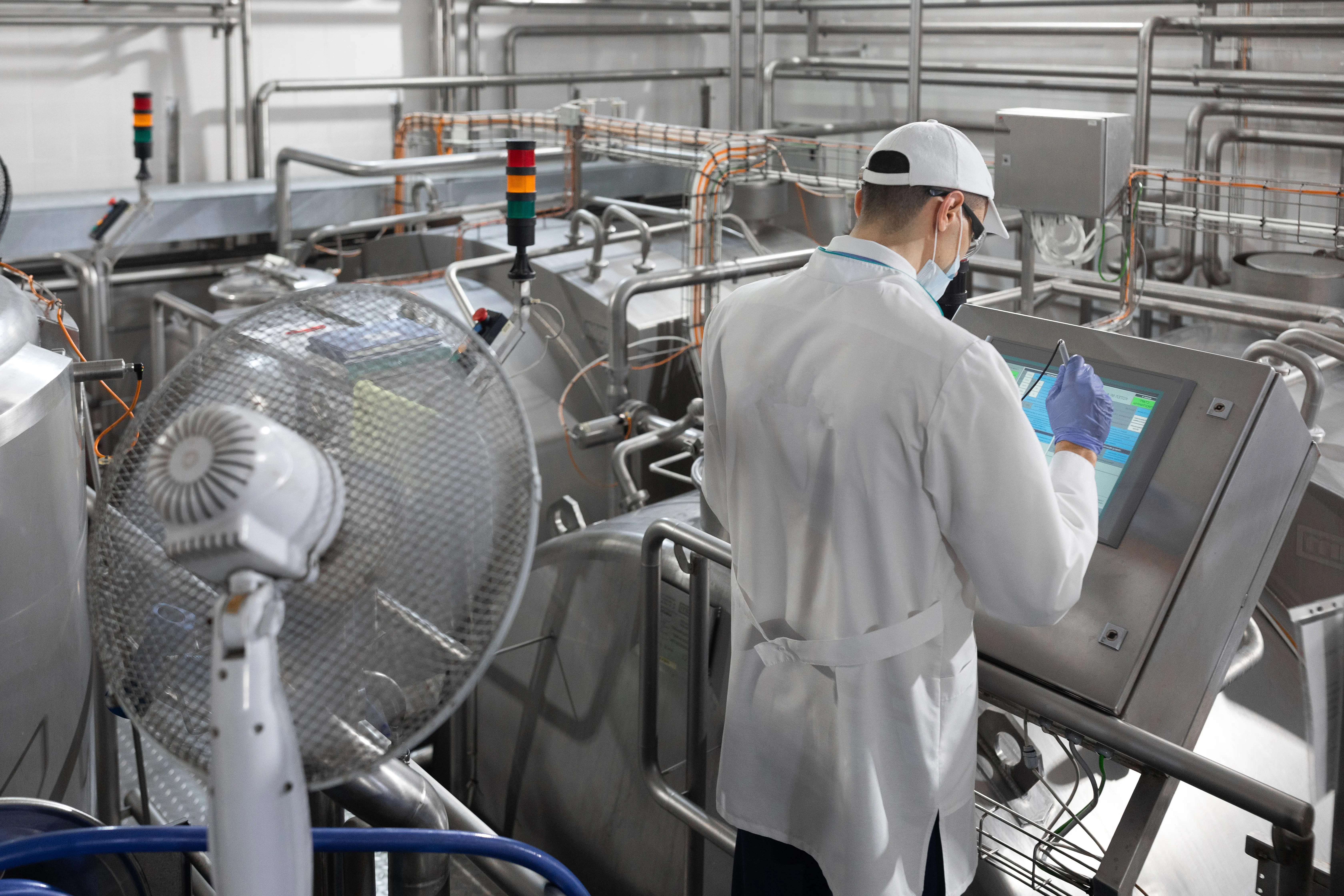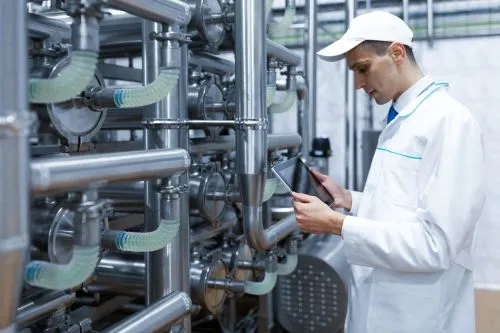367

Biosecurity standards in slaughterhouses have entered a phase of tightening at the European level, following the update of inspection guidelines and control requirements for diseases with major impacts on animal health. According to the European Commission, through regulations on animal health and food safety, operators are required to implement documented biosecurity plans, strict access-control systems, separate circuits for animals, products and by-products, as well as standardized cleaning and disinfection procedures. EFSA estimates that these measures significantly reduce the risk of disease spread, particularly in the context of African swine fever and other epizootics.
For the industry, the costs are not negligible. Consolidated reports from EU member states show that investments in biosecurity infrastructure—separate changing rooms, buffer zones, disinfection equipment, monitoring systems—can increase fixed costs by several percentage points per year, yet they reduce the risks of operational shutdowns and massive losses in the event of an outbreak. The OECD emphasizes that, at an aggregate level, the cost of failing to implement biosecurity is higher than the cost of compliance, when periods of closure, stock losses and trade disruptions are taken into account.
In Romania, the Ministry of Agriculture and Rural Development (MADR) and the National Sanitary Veterinary and Food Safety Authority (ANSVSA) have updated the requirements regarding good practice manuals, traceability and rapid notification of disease suspicions. Slaughterhouses that invest in advanced biosecurity gain more stable access to commercial networks and export markets, where partners demand clear evidence of compliance. Thus, biosecurity becomes not only a sanitary obligation but also a component of risk management and business continuity protection.
(Photo: Freepik)





